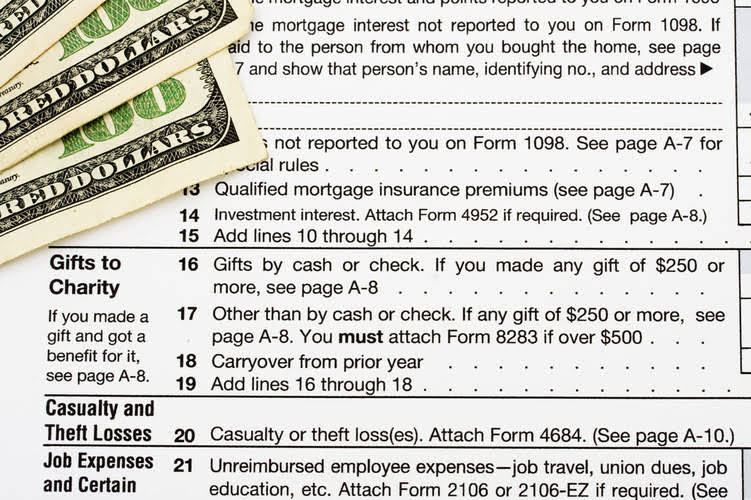Closing the books means that all data has been entered and accounts are reconciled for a specific time period. The seemingly minor act of reversing numbers or putting decimal points where commas belong go far accounting beyond the page (or screen). For the majority of businesses, these mistakes can cause a ripple effect in terms of data integrity and accuracy. These compromises can lead to a major of loss of funds and worse, trust among customers or stakeholders.
- Errors in the application of accounting principles can lead to misstated financial reports.
- One such technique involves the use of artificial intelligence (AI) and machine learning algorithms.
- If the error is due to transposition, the number will divide evenly by 9.
- On the other hand, if $1,823,000 were accidentally recorded as $1,283,000, the resulting $540,000 error is sure to have a profound financial ripple effect.
- But, you transpose the numbers and debit your Accounts Receivable account $1,180.
- The error will show itself as a mistake in data entry when you post a new recording.
- When it comes time to balance the books, your assets include an additional amount that doesn’t exist and your liabilities are short an expense.
Detecting and Correcting Trial Balance Errors in Accounting

The first step often involves a preliminary review of the trial balance to spot any glaring discrepancies. This initial scan can reveal obvious issues, such as a significant imbalance between debits and credits, which may indicate the presence of errors. Now that you know what is transposition in accounting, you might wonder where these errors can occur.
FAR CPA Practice Questions: Carrying Amount of Investments Measured at Amortized Cost
- Companies prepare it at the end of every accounting period or quarter, or semi-annually or annually.
- Advanced reconciliation techniques leverage technology and sophisticated methodologies to enhance the accuracy and efficiency of financial record-keeping.
- Simple bookkeeping methods and personal reminders can help but the most effective way to detect these errors is with cloud-based data analytics.
- Another type of error is that if the wrong amount is entered in the ledger from the journal, the trial balance will not agree.
Detecting and correcting bank errors is a vital process that ensures the integrity of financial data. Maintaining financial accuracy and integrity should be a continuous commitment for any organization. It requires a proactive approach, involving regular training, stringent audits, and the establishment of a culture that values meticulous attention to detail.
Use of Financial Ratios and Trend Analysis for Anomaly Detection

For example, if goods purchased from B of $2,000 are recorded on the credit of B’s account as $200, the credit side of the trial balance will be $1,800 short. While creating the journal entry, you credit your Sales account $1,810. But, you transpose the numbers and debit your Accounts Receivable account $1,180.

Credit Cards Showcase
By continuously learning from historical data, AI systems can predict potential discrepancies and flag them for review, allowing for proactive error management. Once bank errors are detected, the next step is to correct them promptly to maintain the accuracy of financial statements. The first action typically involves verifying the error by cross-referencing the transaction with original documents, such as invoices, receipts, or bank slips. This verification process ensures that the identified discrepancy is indeed an error and not a legitimate transaction that was misinterpreted. Engaging in this thorough review helps in understanding the root cause of the error, whether it was due to human oversight, system glitches, or miscommunication. Advanced data analytics tools can also play a crucial role in https://www.bookstime.com/ detecting bank errors.
- Duplication errors are the result of entering an income or expense entry twice.
- Therefore, identifying and correcting these errors is not just a matter of regulatory compliance but also of safeguarding the company’s financial stability and ensuring stakeholder confidence.
- It must be noted here that there might be transactions that are not recorded or posted at all.
- An error of commission occurs when an amount is entered right and in the correct account but the value is wrong–i.e.
- Many accounting errors can be identified by checking your trial balance and/or performing reconciliations, such as comparing your accounting records to your bank statement.
- To spot the errors, find the difference between the recorded amount and the correct amount.

Bank reconciliations can be done at month end while fixed asset reconciliations can be transposition error done at year end. Transposition errors also describe scenarios where bookkeepers enter spreadsheet data into the wrong cells. For example, if goods are purchased from Harry amounting to $500, which are wrongly replaced by Harry, it will not disturb the trial balance. A financial professional will offer guidance based on the information provided and offer a no-obligation call to better understand your situation.
